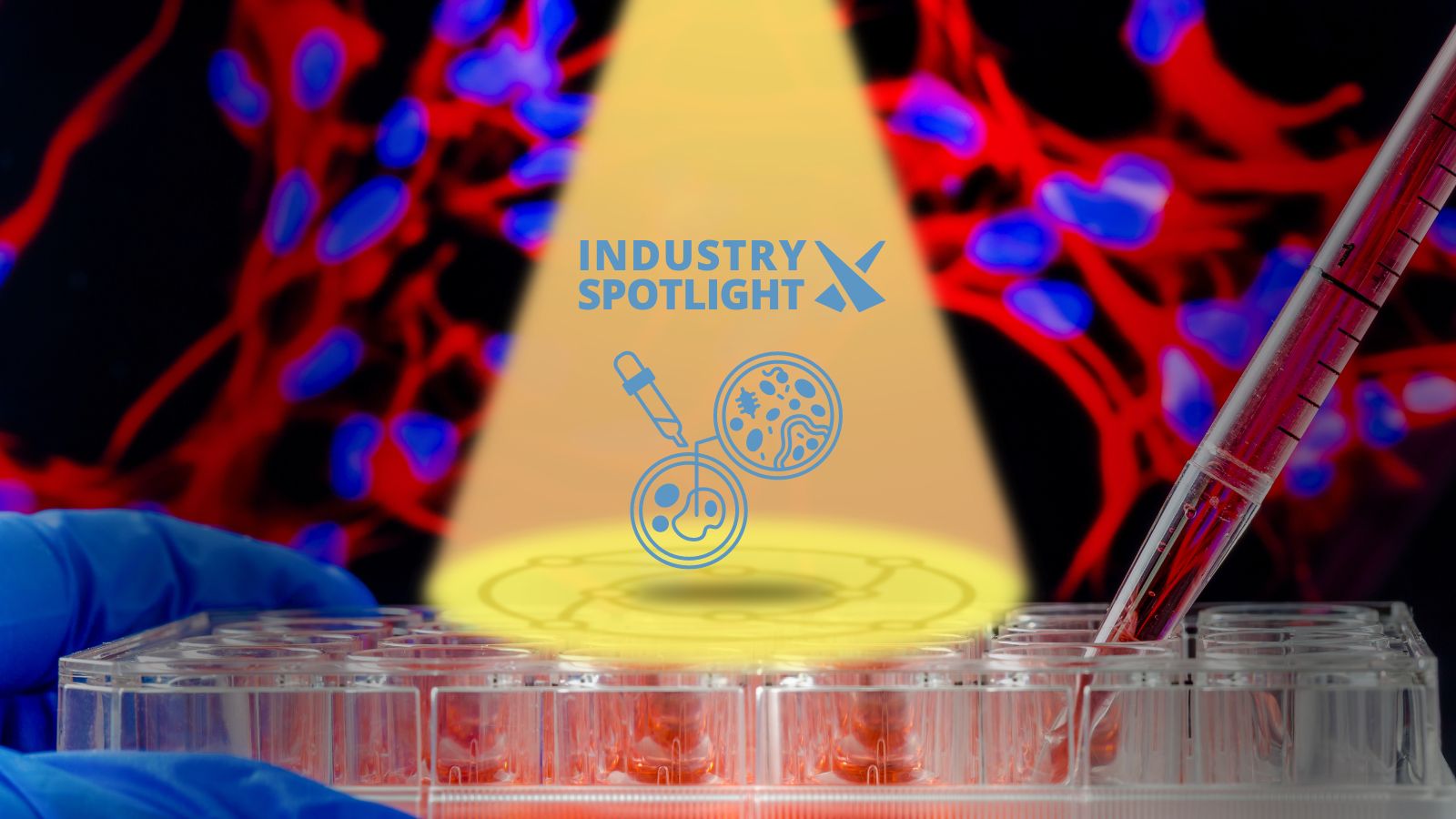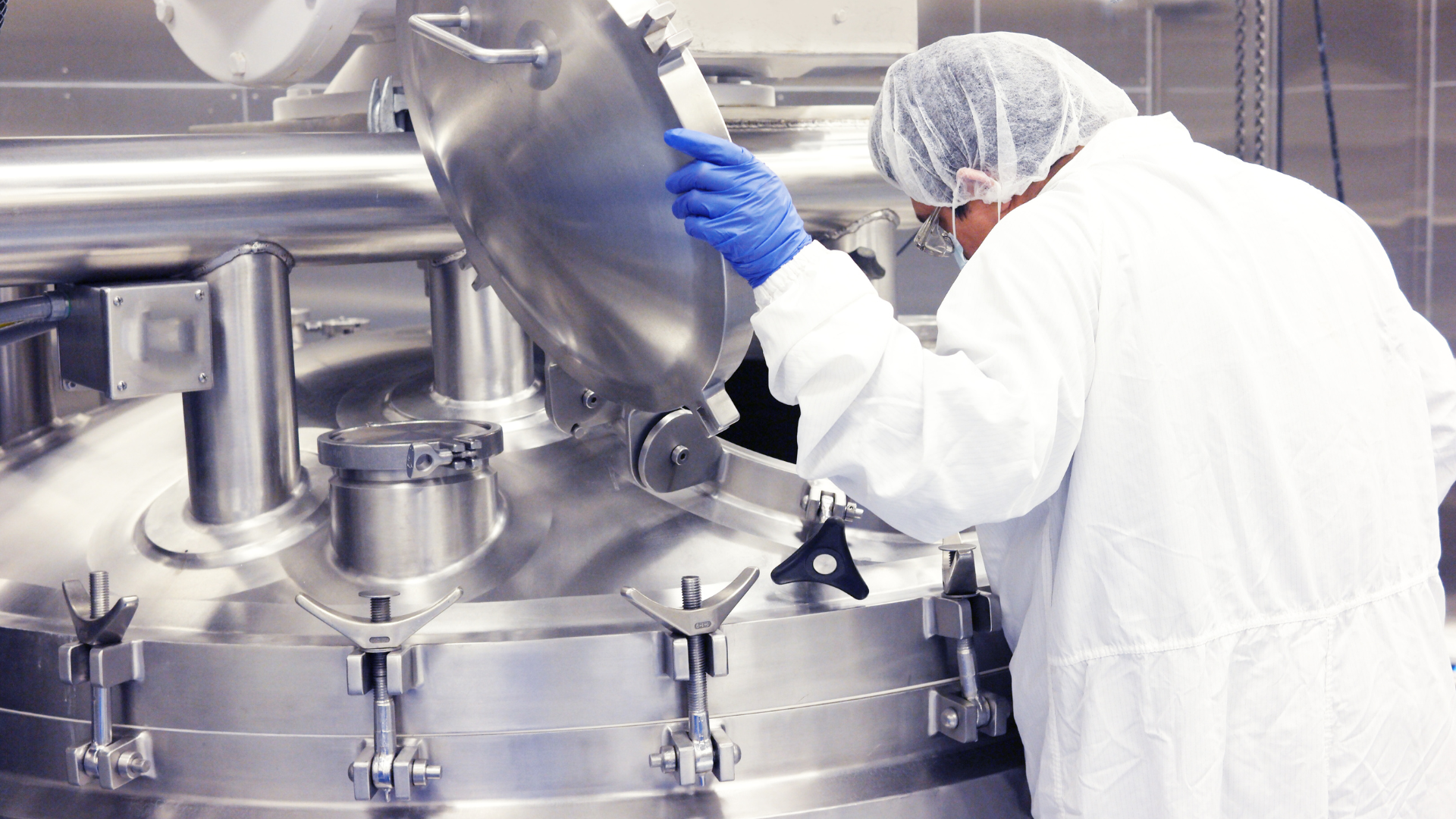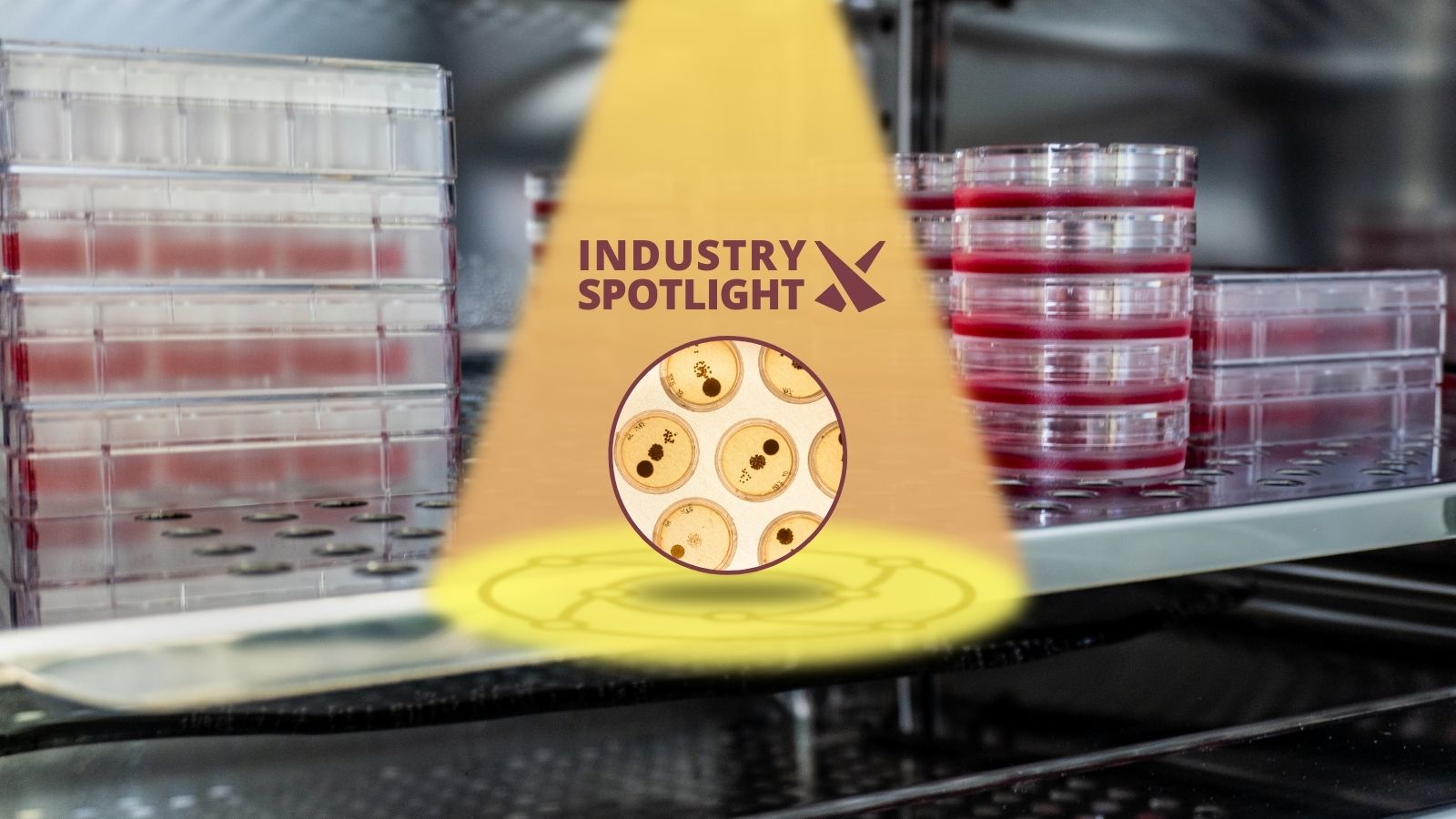Metabolic Modelling and Machine Learning Technologies in Cell and Gene Manufacturing

Metabolic modelling approaches can be crucial for interpreting the dynamic metabolic properties observed in cells for optimised manufacture of therapeutics.
Understanding the specific composition of a cell culture medium offers valuable insights into how cellular metabolism works, and is critical in constraining metabolic models to achieve good predictive capacity.
Being able to reproduce the dynamic metabolic properties observed in cells can help with improving the productivity of cell cultures through interpreting metabolic cellular reactions.
Machine learning and deep learning approaches represent an achievable way of modelling cellular metabolism, particularly when used in industrial bioprocessing.
Coupled with machine learning approaches, metabolic modelling will allow for the characterisation of a patient's disease phenotype, which could be vital for directing a number of applications such as in silico trials.
Applications of Metabolic Modelling in the Field
One approach to metabolic modelling of particular value to cell and gene manufacturing is the implementation of process analytical technology (PAT).
PAT as a concept covers a range of tools and techniques for improved design, analysis and control of pharmaceutical manufacturing processes.
- Winning strategies for commercialisation and scale-up for CGT therapy manufacture
- How could machine learning reshape therapeutic development?
- Three major considerations for automating CGT manufacture
It has demonstrated significant potential to enable the development of improved biopharmaceutical manufacturing processes by ensuring the reliable provision of quality products.
However, complexities associated with manufacture have resulted in a slow adoption of PAT tools into industrial bioprocessing - particularly in the manufacture of cell and gene therapy products.
A team from UCL have investigated the applicability of a novel refractometry-based PAT system, which was used to monitor the metabolic activity of HEK293T cell cultures during lentiviral vector (LVV) production processes in real time.
Process Analytical Technology and Machine Learning Approaches
Research from the UCL team - published in Nature - found the PAT system identified a relationship between bioreactor pH and culture metabolic activity.
This was used to devise a pH operating strategy which led to a factor of 1.8 increase in metabolic activity in the culture.
In light of these findings, different technological approaches are increasingly being investigated and adopted for PAT.
Knowledge of a cell culture medium's specific chemical composition harbours valuable insight into how cellular metabolism behaves.
As such, PAT integration into metabolic modelling can be critical in constraining models to achieve good predictive capability.
Get your weekly dose of industry news and announcements here, or head over to our Cell portal to catch up with the latest advances in cellular therapies.






